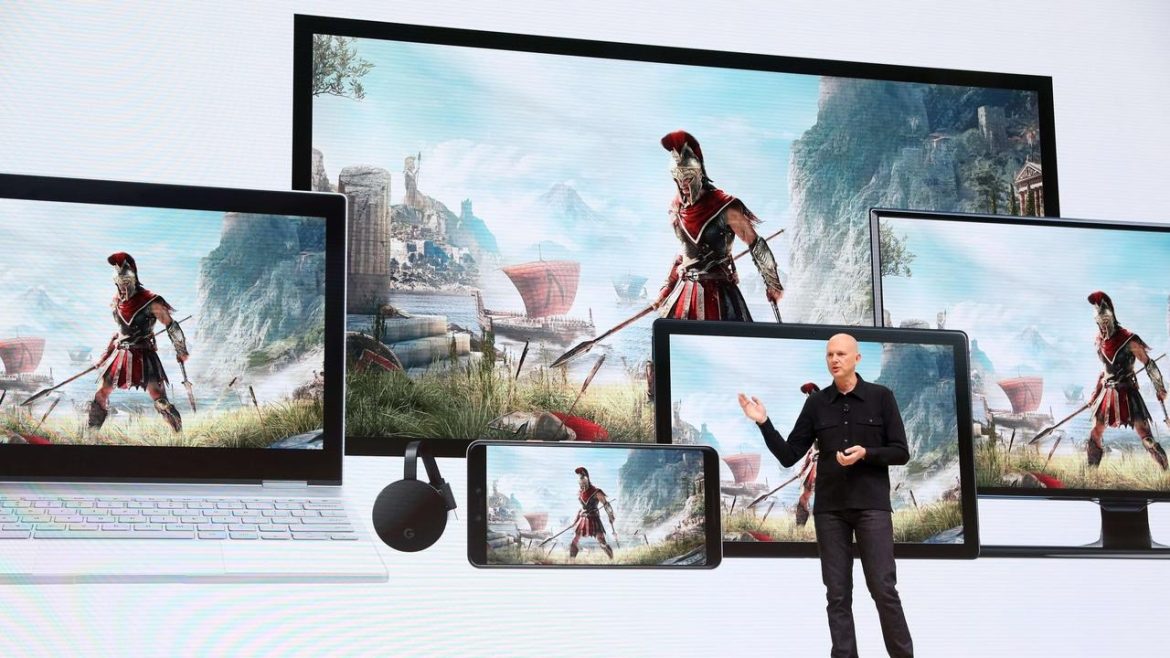As technology continues to advance at an unprecedented pace, the world of gaming has witnessed a significant transformation, with game streaming services emerging as a game-changer. These services allow gamers to access and play high-quality video games over the internet without the need for powerful local hardware. The backbone of this revolution is cloud computing, which provides the infrastructure and capabilities necessary to deliver seamless gaming experiences. In this article, we will explore the pivotal role of cloud computing in game streaming services, its benefits, challenges, and the future of this dynamic industry.
Understanding Game Streaming Services
Game Streaming vs. Traditional Gaming Traditional gaming involves the installation of games on local hardware, such as gaming consoles or powerful gaming PCs. Game streaming, on the other hand, delivers games from remote servers to the player’s device in real-time, much like streaming a video on Netflix or YouTube.
Subscription-Based Model Many game streaming services operate on a subscription-based model, offering a library of games for a monthly fee. This approach allows gamers to access a wide variety of titles without the need to purchase individual games.
The Role of Cloud Computing
Cloud Infrastructure Cloud computing serves as the foundation of game streaming services. Cloud providers, such as Amazon Web Services (AWS), Microsoft Azure, and Google Cloud Platform, offer powerful data centers with extensive computational resources. These data centers host the games and handle the heavy lifting, ensuring smooth gameplay.
Data Processing and Rendering One of the key functions of cloud computing in game streaming is data processing and rendering. Game data is processed on remote servers, and the video output is encoded and streamed to the player’s device. This process minimizes latency and allows gamers to interact with the game in real-time.
Scalability Cloud infrastructure is highly scalable, which is crucial for handling fluctuations in user demand. During peak gaming hours or major game releases, cloud resources can be scaled up to accommodate a larger number of players, ensuring a consistent gaming experience.
Benefits of Game Streaming Powered by Cloud Computing
Accessibility Game streaming makes high-quality gaming accessible to a broader audience. Gamers no longer need to invest in expensive gaming hardware; instead, they can play on a range of devices, including smartphones, tablets, and smart TVs.
Instant Play With game streaming, there’s no need to wait for downloads or installations. Gamers can start playing their favorite titles instantly, reducing the time between choosing a game and diving into the action.
Cross-Platform Play Cloud-powered game streaming services often support cross-platform play, allowing players on different devices to join the same gaming session. This inclusivity enhances multiplayer experiences.
Updates and Maintenance Game streaming services handle game updates and maintenance on their servers, ensuring that players always have access to the latest versions of their favorite games without the hassle of manual updates.
Challenges and Considerations
Latency One of the primary challenges in game streaming is latency, the delay between a player’s input and the corresponding on-screen action. Reducing latency to an imperceptible level is crucial for an enjoyable gaming experience.
Internet Connection Game streaming relies heavily on a stable and high-speed internet connection. In regions with unreliable or slow internet, the quality of the gaming experience may suffer.
Data Usage Streaming games consumes data, and players should be mindful of their data caps, especially when playing on mobile devices. Game streaming at high resolutions can quickly eat into data allowances.
Game Library While game streaming services offer extensive libraries, not all games are available, and there may be delays in adding new releases. Some players may miss the option to purchase and own specific titles.
The Future of Game Streaming and Cloud Computing
Improved Latency As cloud computing technology advances, efforts are being made to further reduce latency. Edge computing, where data centers are located closer to the user, is a promising solution to minimize delays.
Integration with Other Services Game streaming is increasingly integrated with other entertainment services. For example, Microsoft’s Xbox Game Pass Ultimate includes access to Xbox Live Gold, Xbox Cloud Gaming (formerly known as Project xCloud), and a library of games, offering a comprehensive gaming experience.
Innovations in Content Game developers are exploring new possibilities for game streaming, such as interactive streaming experiences where viewers can influence the game being played. This convergence of gaming and streaming content holds exciting potential.
Conclusion
Cloud computing has revolutionized the gaming industry by enabling game streaming services that provide accessibility, convenience, and high-quality gaming experiences to players around the world. While challenges like latency and internet connectivity remain, ongoing technological advancements promise to address these issues, making game streaming an integral part of the gaming landscape. As the industry continues to evolve, the synergy between cloud computing and game streaming is set to unlock new opportunities, shaping the future of gaming for both players and developers.

